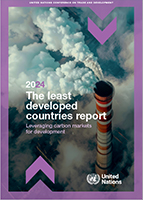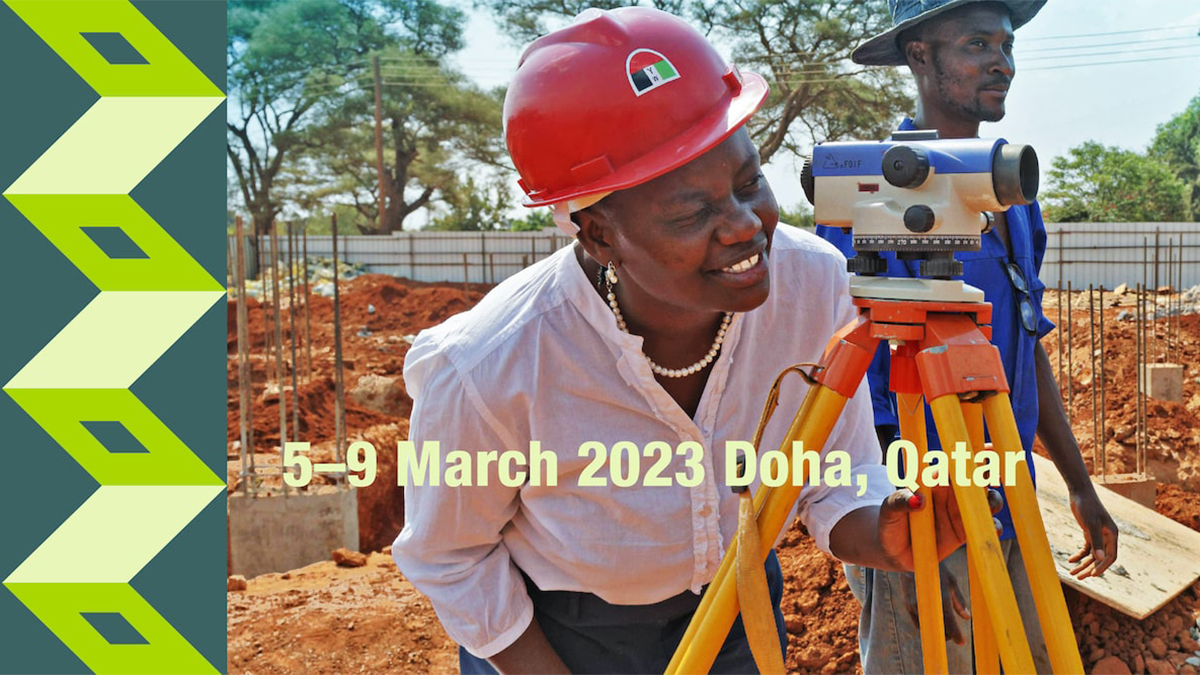Since 1971, the United Nations has recognized least developed countries (LDCs) as a category of States that are deemed highly disadvantaged in their development process, for structural, historical and also geographical reasons.
LDCs face more than other countries the risk of deeper poverty and remaining in a situation of underdevelopment. More than 75 per cent of the LDCs' population still live in poverty.
These countries are also characterized by their vulnerability to external economic shocks, natural and man-made disasters and communicable diseases. As such, the LDCs are in need of the highest degree of attention from the international community.
Currently, the 45 LDCs comprise around 880 million people, 12 percent of the world population, which face severe structural impediments to growth. However, the LDCs account for less than 2 percent of world GDP and around 1 percent of world trade.
Five United Nations Conferences on the LDCs were held in: 1981, 1990, 2001, 2011 and 2022 (Part I) / 2023 (Part II). The Fifth United Nations Conference on the Least Developed Countries adopted the Programme of Action for the Least Developed Countries for the Decade 2022-2031 - the so-called Doha Programme of Action (DPoA).
The list of LDCs is reviewed every three years by the United Nations Economic and Social Council, in the light of recommendations by the Committee for Development Policy (CDP).
Between 2017 and 2020, the CDP undertook a comprehensive review of the LDC criteria, which were further refined in 2023. The resulting revised criteria are scheduled to be first applied at the triennial review scheduled to take place in March 2024.The following three criteria are used by the CDP to determine LDC status:
-
Per capita income (gross national income per capita)
-
Human assets (indicators of nutrition, health, school enrolment and literacy)
-
Economic and environmental vulnerability (indicators of natural and trade-related shocks, physical and economic exposure to shocks, and smallness and remoteness).
By periodically identifying LDCs and highlighting their structural problems, the United Nations gives a strong signal to the international community to the need of special concessions in support of LDCs.
Concessions associated with LDC status include benefits in the areas of:
-
Development financing, notably grants and loans from donors and financial institutions.
-
Multilateral trading system, such as preferential market access and special treatments.
-
Technical assistance, notably, toward trade mainstreaming (Enhanced Integrated Framework)
Seven countries have so far graduated from LDC status: Botswana in 1994, Cape Verde in 2007, Maldives in 2011, Samoa in 2014, Equatorial Guinea in 2017, Vanuatu in 2020 and Bhutan in 2023.
UNCTAD also assists ex-LDC in their quest for continued socio-economic progress, notably, toward enhanced economic specialization



